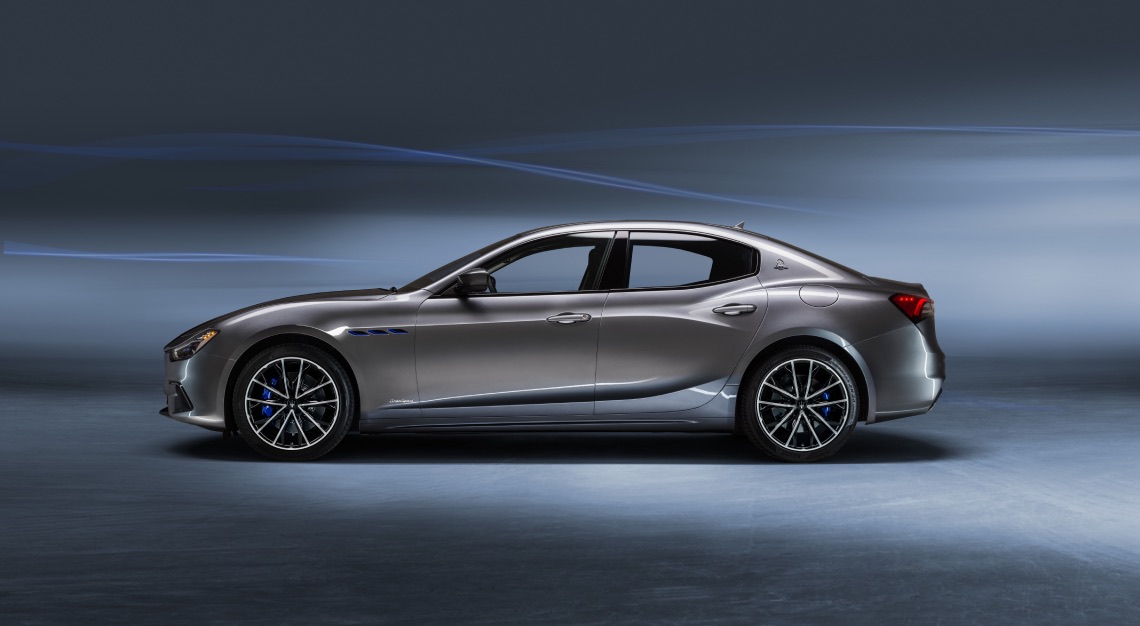For those of you who have ever wanted to live within your iPhone or Mac, Apple is taking its mission to infiltrate every corner of your life quite literally
The tech company revealed on Monday its first new product in a decade and its foray into the world of virtual reality: the Vision Pro, a headset that brings the digital into the physical. And Apple’s newest toy doesn’t come cheap—it’ll set you back US$3,499 when it launches early next year.
Of course, Apple is hoping that the Vision Pro’s suite of features will justify its price tag. The main selling point seems to be the headset’s ability to basically let you live inside your computer. Apps become completely immersive, whether you’re FaceTiming with friends, watching a movie, or trying to meditate (which seems a bit at odds with the overwhelming sense of being literally connected to a piece of technology, but Apple itself promotes the Vision Pro’s mindfulness capabilities on the item’s main page).
You’ll be able to navigate the Vision Pro using eye movements and hand gestures, but it will also sync with Bluetooth devices if you want to use your keyboard or mouse instead. The headset will be outfitted with 12 cameras, five sensors and each eye will essentially have a dedicated 4K display to bring the augmented reality to life.
The Vision Pro also acts as Apple’s first 3-D camera, allowing you take both spatial photos and videos by simply clicking a button on the top of the headset. Spatial audio similarly means that when you’re using the Vision Pro to video chat, each person’s voice will come from the same area where you see them floating in space. The headset’s speakers are located close to your ears but not directly on top of them, meaning that you can remain aware of your surroundings. A complementary function allows people to see your eyes through the glasses, and for you to see them. So when you’re wearing the Vision Pro, you aren’t visually isolated from the world around you.
In the world of augmented reality, the Vision Pro follows in the lineage of items like Google Glass (RIP) and Oculus Rift (RIP again). Unlike those pieces of tech, though, which never saw great commercial success, Apple is hoping that its entry into VR will go a bit more smoothly. But there will be bumps along the way.
Although Apple has got Disney to sign on as a day-one partner at launch, getting content providers onboard may prove to be difficult, as the failure of 3-D last decade can attest. Producing 3-D movies and sporting events were cost intensive and the offerings were so sparse, that consumers never felt the need to buy a 3-D TV. And even if the Vision Pro has all the computing power it advertises and can improve on its meager two-hour batter life, will media companies that are currently looking to create content faster and cheaper invest in shows or movies that take full advantage of Vision Pro’s promise?
Still, maybe Apple’s use of postage-stamp-size displays that deliver 23 million pixels directly to your eyes will entice consumers enough to make the Vision Pro a hit, just like the iPhone back in 2007. But then again, maybe it won’t.
This story was first published on Robb Report USA






